Synopsis
Our game presents the journey of a young forest spirit to revitalize his home after a devastating wildfire.
The main character is a nameless forest spirit whose powers of nature and growth have just begun burgeoning. Their curiosity and awe for the world around them has developed into a deep attachment to the forest they call home.
When our spirit protagonist first wakes up after the fire, they are distraught to find that everything they loved had been reduced to ashes. However, the young spirit remains determined to repair their home. They travel back through their most cherished locations in order to restore them back to their original beauty.
The young spirit must navigate and repair these locations through their powers of growth. Growing vines may help them scale cliffs whereas cattails may purify the sediment out of the water. Some plants thrive next to others and our young spirit must choose what to grow where in order to bring life back to the clearing.
Who is this For?
This is a game for people who are seeking peaceful experiences where they are fully in control of their environment.
Nowadays, many young people feel like so many things are out of our control, which leaves us feeling overwhelmed and powerless. This game offers a cozy retreat amidst nature’s embrace, where caring spirits and flourishing plants await nurturing. Our aim is to provide players who seek refuge from the chaos of the outside world with a sanctuary of safety and serenity.
Our game is also suitable for competitive players who want to challenge themselves. Throughout the game, players will be able to unlock more resources and engage with a wider array of spirits. For those who find joy in mastering the game and witnessing their forest flourish as a testament to their progress, our game provides that satisfaction.
Tone
This is a game about rebuilding after a tragedy.
We want to give players the feeling of what it’s like to help nature heal, to reconnect with nature and to give back hope while regaining it ourselves. Tonally, we plan to achieve this by focusing on three core feelings:
Cozy: We want our players to feel safe and in control within their miniature forest. Through mechanics such as taking care of plants and nurturing the environment, players witness growth and prosperity firsthand. Our goal is for players to want to seek refuge within our game’s comforting embrace whenever they feel overwhelmed in the real world.
Grief: We want our players to empathize with the loss that both plants and the spirit character feel when their environment is compromised. Players who empathize with this sense of grief will feel more satisfaction as they gradually restore the forest. Our primary mechanic of conveying this sentiment is through the soundtrack, which aims to deeply engage players in caring for the forest and its spirit companion. Our ultimate goal is for players to find profound meaning and connection within the game.
Hopeful: Players will see their progress unfold gradually. As time passes, their forest will flourish with an abundance of plants, a testament to their dedicated efforts. We want the game to give players a sense of hope, a feeling that it is possible to rebuild after a tragedy, one small step at a time.
Setting
The game will take place in a forest after a fire. We’ll be drawing inspiration from the nature of Washington, in particular.
The puzzles will be surrounding the context of the setting. The first several levels will likely be mostly barren land after a fire, with charred, fallen trees that the player can interact with to solve puzzles. Players will have to maneuver rivers, boulders, and other environmental obstacles as part of the puzzles. To create the illusion of time, through the levels players will see the changes in seasons as well. As the player progresses, the forest will reflect how much the player has influenced the forest. By the end, the forest will be flourishing and furry companions will be inhabiting.
But this is no ordinary forest, as the spirits you befriend will help you regrow the forest. While our emphasis is on nature, we intend for the supernatural features to make the forest feel more whimsical and fantastical.
We chose Washington as one of our team members is more familiar with the local flora. And while it isn’t as infamous as California for wildfires, Washington also has its fair share of wildfires. We’re hoping that with more personal experience, we can add in the smaller details to make it more immersive.
Style and Art
To establish the cozy vibes, we’re planning on using pixel art. We’re thinking of something similar to the old Pokemon (Pokemon Heart Gold). This art style will help us hone into the nostalgia that our young forest spirit experiences as they wander through their charred home. The simplicity of the art will also allow us to focus more on the gameplay and storytelling, in addition to making the development process easier.
To supplement the 8-bit art, we’re thinking of having chiptune music as a thematic element. Alternatively, we’re also thinking of a simple melody with a lofi beat. This is a more ambitious goal as we’d be making an original soundtrack for a main theme and then create remixes or variations depending on the setting.
Links to Individual Deliverables:
Francis: https://mechanicsofmagic.com/2024/05/06/concept-doc-individual-deliverables/
Oumnia: https://mechanicsofmagic.com/2024/05/06/p2-individual-brainstorm-oumnia-chellah/
Seamus: https://mechanicsofmagic.com/2024/05/04/after-the-fire-game-direction/
Nicholas: https://mechanicsofmagic.com/2024/05/07/p2-individual-concept-doc-nick/
Thanh: https://mechanicsofmagic.com/2024/05/07/a-forest-renewed-game-directions/
Story
Deep in the wilderness, spirits and wildlife live in harmony, coexisting in the magical forest they call home. One fateful night, a wildfire devastates the thriving community of creatures, leaving ruins where the flourishing ecosystem once stood. The magic has faded, and the spirits have seemingly vanished. Nothing will ever be the same.
Life still faintly pulses beneath the ashes.
Synopsis
In the aftermath, our protagonist, a brave unnamed forest Spirit, sets out to restore his home to its former glory. The Spirit is an empathetic loner who once found peace in the strength of the forest while living quietly in his small grove. The destruction of his community has left him scarred, and with his supernatural ability to connect with nature, he hopes to rebuild the forest one step at a time by finally leaving their home.
The game begins immediately after the fire, with the spirit realizing that his community has been destroyed. He searches for other spirits that may have survived the ordeal, finding nothing in the ashes. With their ability to tap into the faded threads of life that still move beneath the forest’s ruins, the spirit slowly regrows the magical ecosystem one step at a time.
The story progresses as the spirit moves from area to area. The river, the hills, and a central clearing are steps along the Spirit’s journey as he uses his connection with nature to regrow parts of the forest to help him advance.
Along the way, the Spirit’s efforts will reveal that all life hasn’t vanished. Through puzzle-solving and plant collection, our protagonist will find companions to aid him on his path to regrow the forest. His efforts will inspire the survivors to listen to the life persevering just beneath the surface, and they will join him on his trek, offering their help along the way.
The game will take place over the course of the Spirit’s adventure, culminating in the revival of the destroyed Life Tree, which requires the combined efforts of the surviving spirits, flora, and fauna. With their combined magic, life will return to the forest, offering its inhabitants a small but hopeful sign that their community will recover someday.
Alt 1: The Light Spirit (To be combined with the main story)
During a brutal winter, the light spirit, famed for burning bright to nourish the forest’s flora, was begged by the forest inhabitants to produce heat alongside her usual brightness to protect their fragile ecosystem from the cold. In her attempt to raise the temperature of the forest slightly, she lost control, leading to the raging wildfire that devastated the forest.
The story begins in spring, immediately following the winter’s tragedy. The spirits that survived have vanished, and the light spirit has retreated to the mountains, unable to control her heat. She is feared as a villain amongst the survivors.
At the story’s midpoint, the Spirit will find his powers failing as the threads of life flicker, a warning that his efforts alone are insufficient to protect the delicate Tree of Life at the heart of the forest. Without warmth or light, the tree will not survive the incoming winter, colder than the last.
The game takes place over four seasons, beginning in the spring following the fire and ending at the beginning of the next spring. With the allies he has recruited, the Spirit knows that he can restore life to the forest, but the incoming winter leaves him with a difficult choice: should the light Spirit be welcomed back into the forest, risking the destruction of his home?
At the story’s climax, the forest Spirit will find the light spirit living in shameful hopelessness in the mountains. Using his connection to the forest, he shows her that her mistakes were not final, and the forest relies on her return to survive the next winter. Unsure if she can control her light, she hesitantly returns to the forest for the winter, ready to defend her former home against the cold.
During the winter, the light Spirit barely controls her warmth, but with the help of the Spirit and his newfound allies, she successfully leads the forest through the harsh winter. With the start of Spring, life is renewed, and past mistakes are forgiven. The Spirit watches the community grow from the ashes as the forest looks into the future, hopeful that their home will recover.
Enacting story: But we couuuuuuuld have a “bad ending” if we want to give the player more autonomy idk
Alt 2: The Rebel (To be combined with the main story)
Alt 3: Redemption
Gameplay
Our core gameplay is tending an area of burned forest and watching it return to life.
At present, we have three main mechanical areas we would like to explore to fulfill this gameplay vision: movement puzzles, story development through dialogue, and tile placement. While the current vision for the game incorporates elements of all three, we will likely need to trim one or two of these elements for our final product. This is both because fully developing all of them is likely too great a technical challenge in the time provided, and because focusing the game will allow us to develop further whatever is working best. That said, we remain open to the possibility that combining these elements could produce something novel and compelling.
Movement Puzzles
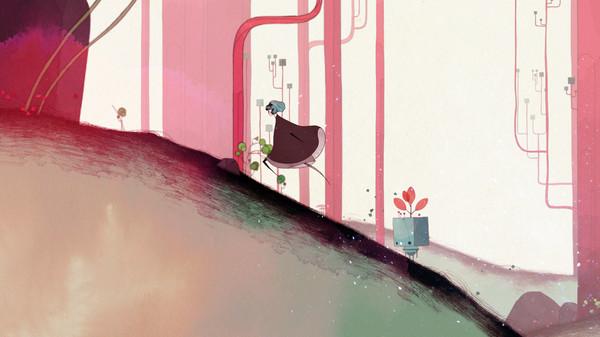
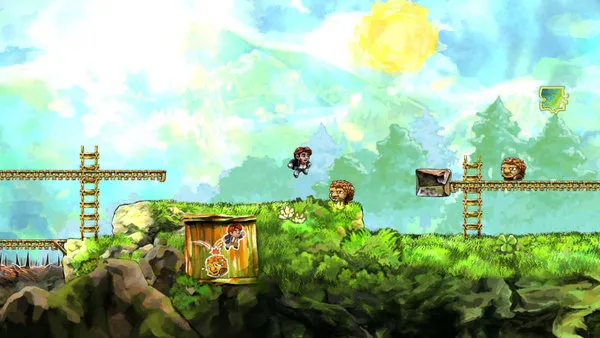
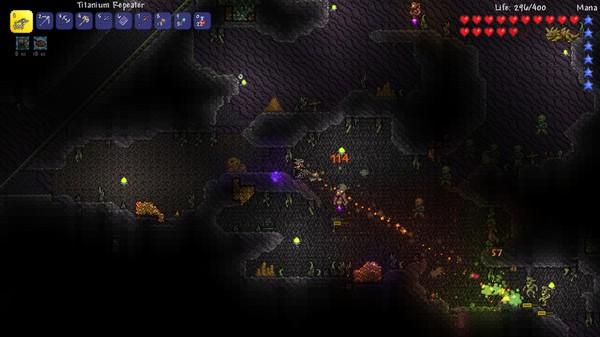
In its prior state, the forest floor was a verdant paradise for the small forest spirit you play as. Now, it is a barren wasteland.
While, for a human, downed logs, muddy choked creeks, and errant boulders might pose little challenge, for the player’s character they will be colossal barriers. By making these into obstacles, we hope to emphasize the game’s sense of cuteness and miniature scale.
If we pursue this mechanical direction, the goal will be to enhance the players’ feelings of discovery and satisfaction as they encounter new environments, learn to navigate their obstacles, and ultimately restore them to their pre-fire state. This transformation would be made tangible to the player by the newfound ease of navigating the once-challenging area once it has been explored.
Here, we would rely on classic puzzle-platformer mechanics, combining responsive and flexible movement options with the ability to open up new paths by interacting with the environment. Obstacles could include tall walls, dirty water, ash or charcoal, and common post-fire invasive species such as thistle.
Story Development Through Dialogue
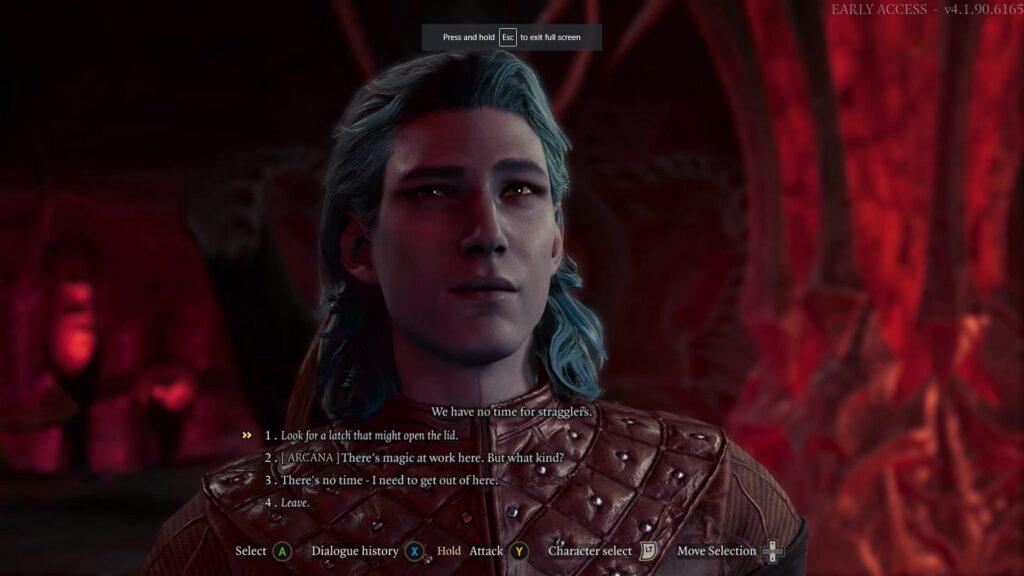
Our planned narrative only features one major choice—whether to invite the fire spirit back into your forest during Winter (and since we are making a Slice, the entire narrative will not feature in our final product).
Still, we would like the game to touch on themes of rebuilding community, not just the landscape, after tragedy. This will require the player to get to know a number of NPCs—other spirits—through short bits of dialogue. Depending on how much emphasis we choose to give narrative in our slice, these scenes may feature dialog options or may simply be cutscenes.
Either way, new spirits arriving in your forest as it recovers will be the main form of progression in the game. As spirits return, the player will unlock new options/powers, emphasizing the new talents their companions bring.
Tile Placement
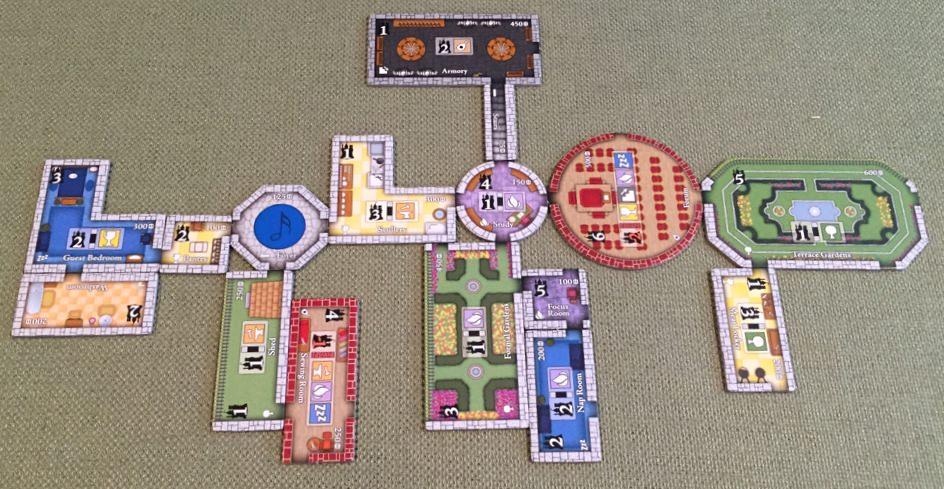

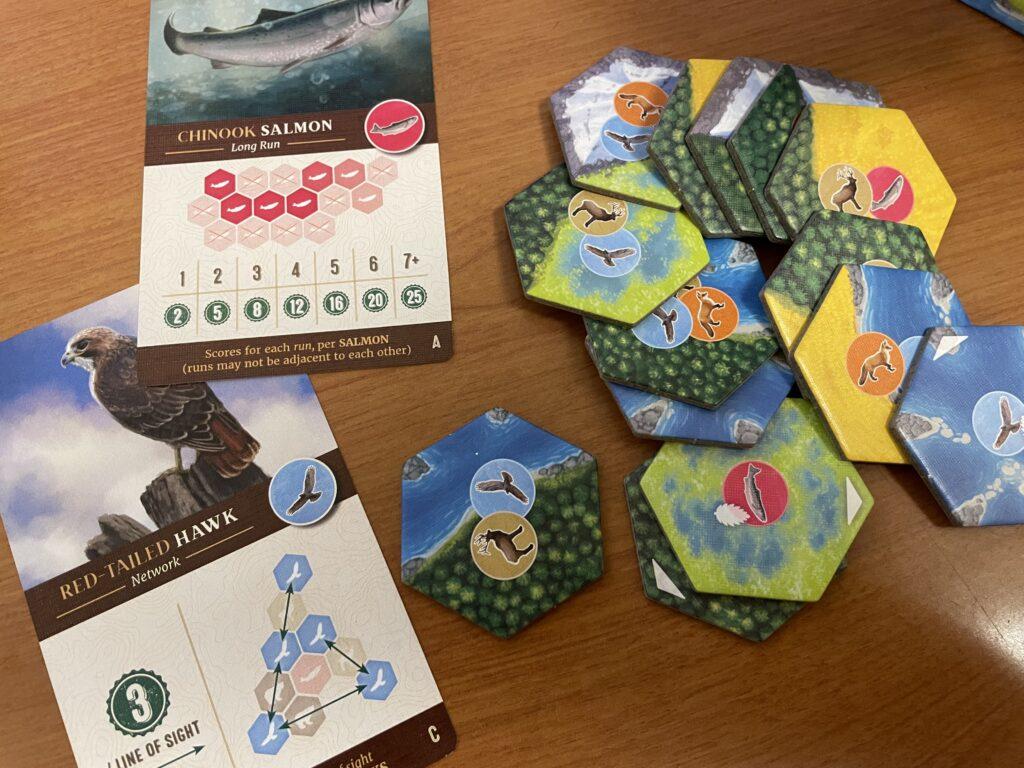

The forest’s recovery begins with a single seed, and the player will be the one to plant it. By giving the player agency over each tree and scrap of life that returns, we hope to foment satisfaction and pride for the forest’s recovery. Placement is also an activity the player can engage in at their own pace—hopefully allowing us to draw on the peaceful atmosphere of games like Stardew Valley, Minecraft, and Carcassone.
Making use of the adjacency mechanics that feature in most tile placement games will provide us with a solid core decision engine about which the player can make strategic choices. Each kind of plant will have its own preferences for where it is placed—in the shade, next to water, near specific other plants, and so on. Each seed you add to the forest will change the canvas you’re painting on, opening up new strategic considerations. Players will receive seeds randomly at regular intervals, forcing them to adapt to the whims of nature and the available resources.
While tile placement can be deeply strategic, our goal is not to make the game mechanically challenging. Optimizing placements will be an option for players who are so inclined, but the casual audience should be able to chill out to the soundtrack as they place down their plants in places that roughly make sense and receive the satisfaction of watching life return. To optimize for this satisfaction, player feedback will be clear and immediate, in the form of sound effects, visuals, and in-game resources which are generated immediately upon planting. Further, most seed designs will offer substantial synergistic potential, creating ample opportunities for players to make impactful and clever plays.
Finally, if we choose to synthesize tile placement with movement puzzles as a dual mechanical core, planting seeds could open up new paths—either by helping to attract a spirit that will offer the player a new mobility option or by the new presence of a plant changing the environment such that the player can move through it more easily.
Tech Challenges
Our main two technical challenges are visual assets and time. While everything we are considering—2d platformer mechanics, dialogue, and board-game-esque tile placement—is well within the general scope of a Unity-based indie game, building just one of those in five weeks is already a substantial challenge, even as a vertical slice.
To cut down on the challenge, we will need to de-scope the game as we find out what works through playtesting.
Further, we will limit the number of visual assets we need by developing only a single “screen” as our world—either a platformer level, a single clearing to restore (or, as discussed above, some mix of both).
Finally, we will use pixel art assets, avoid developing shadows or shaders, and adopt a static camera.



